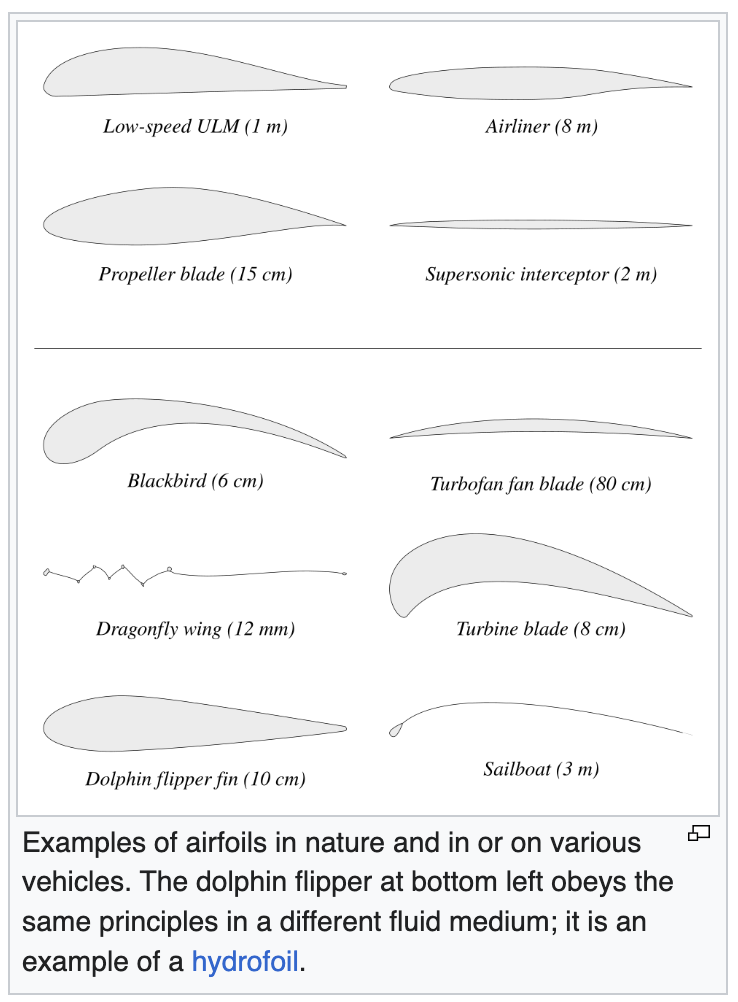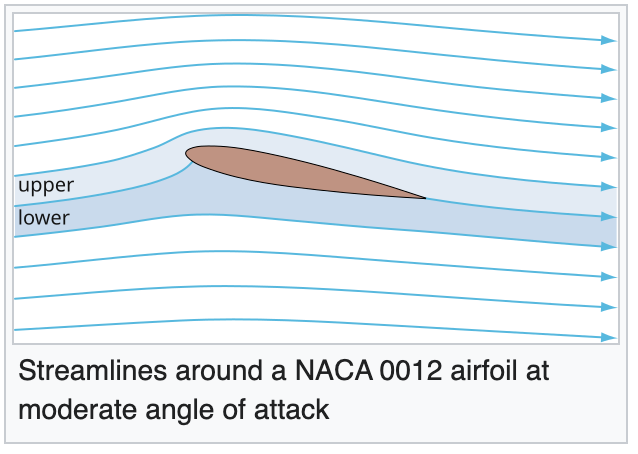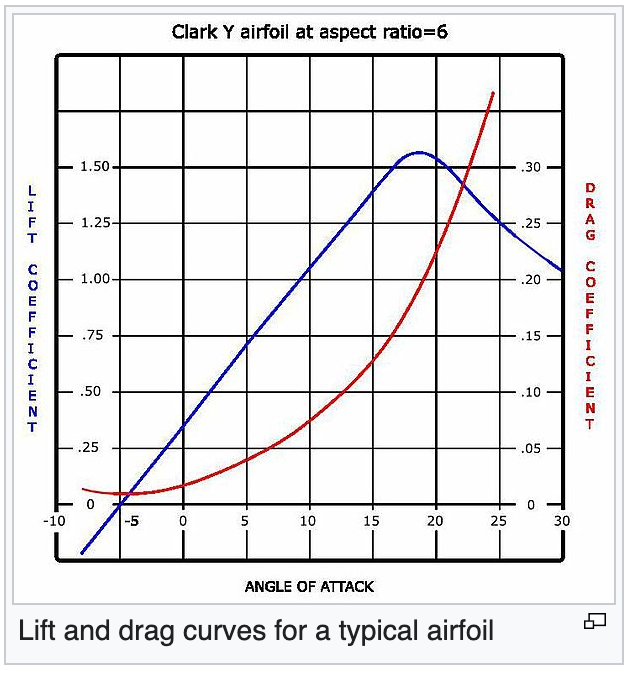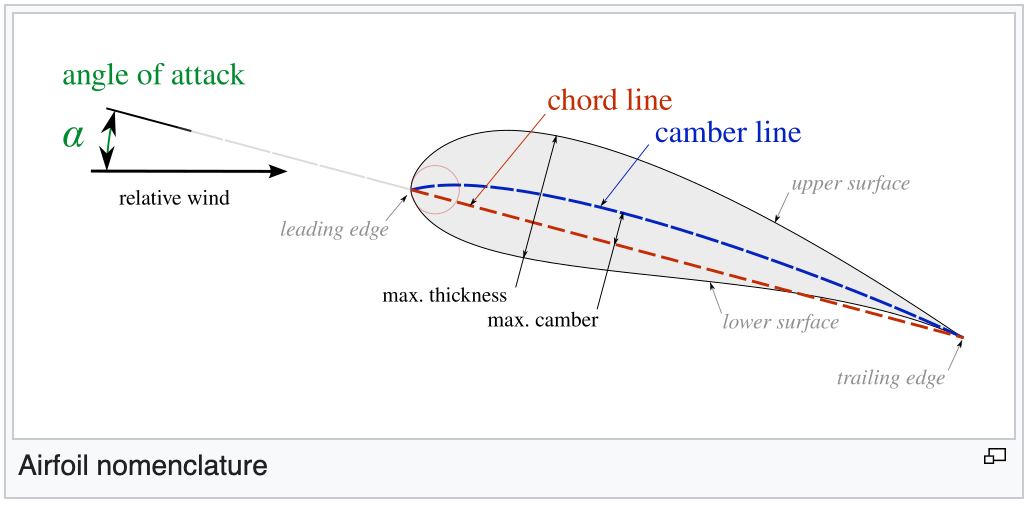Airfoil




An airfoil is a cross-sectional shape designed to interact with air and generate lift. Airfoils are essential components in aviation, found in wings, tailplanes, propeller blades, and various other aircraft surfaces. Their shape causes air to flow faster over the top surface than beneath, generating the pressure difference necessary for lift.
Detailed Explanation
1. What it is
- A shaped surface that interacts with air to produce lift and drag.
- The primary lifting surface of an aircraft.
- Engineered for maximum lift with minimum drag.
2. How it Works (Lift Generation)
Curvature: Airfoils have greater curvature (camber) on the top surface than the bottom.
Airflow: Air moves faster over the top surface, creating a pressure difference.
Pressure Difference: Lower pressure above, higher pressure below — resulting in lift.
Angle of Attack: The angle between the airfoil's chord line and the relative wind.
Newton's Third Law: The airfoil pushes air downward; air pushes the airfoil upward.
Key Components and Terms
- Leading Edge: Front point first contacting airflow.
- Trailing Edge: Rear point where airflow leaves.
- Chord Line: Straight line from leading to trailing edge.
- Camber: Measure of airfoil curvature.
- Angle of Attack: Critical factor in lift generation.
Types of Airfoils
- Symmetrical: Equal curvature on top and bottom — common in helicopters.
- Cambered: Greater curvature on top — typical of most airplane wings.
- High-Lift: Designed to maximize lift during takeoff and landing.
- Low-Drag: Designed for high-speed, efficient flight.
Importance in Aviation
- Enable heavier-than-air flight by producing lift.
- Influence aircraft performance, handling, and stability.
- Adjustment of the angle of attack allows pilots to control altitude and maneuverability.
Image
References
- Anderson, J. D. Fundamentals of Aerodynamics. McGraw-Hill Education.
- FAA Airplane Flying Handbook.
- NASA Glenn Research Center - Airfoil Data and Principles.
- Pages with broken file links
- Airfoil
- Aerodynamics
- Aircraft performance
- Wing design
- Lift generation
- Airfoil theory
- Flight dynamics
- Control surfaces
- Stall characteristics
- Aviation engineering
- Subsonic aerodynamics
- Transonic flight
- Supersonic flow
- Laminar flow airfoils
- Turbulent boundary layer
- Aircraft structures
- Aviation Safety X
- ASXWiki
